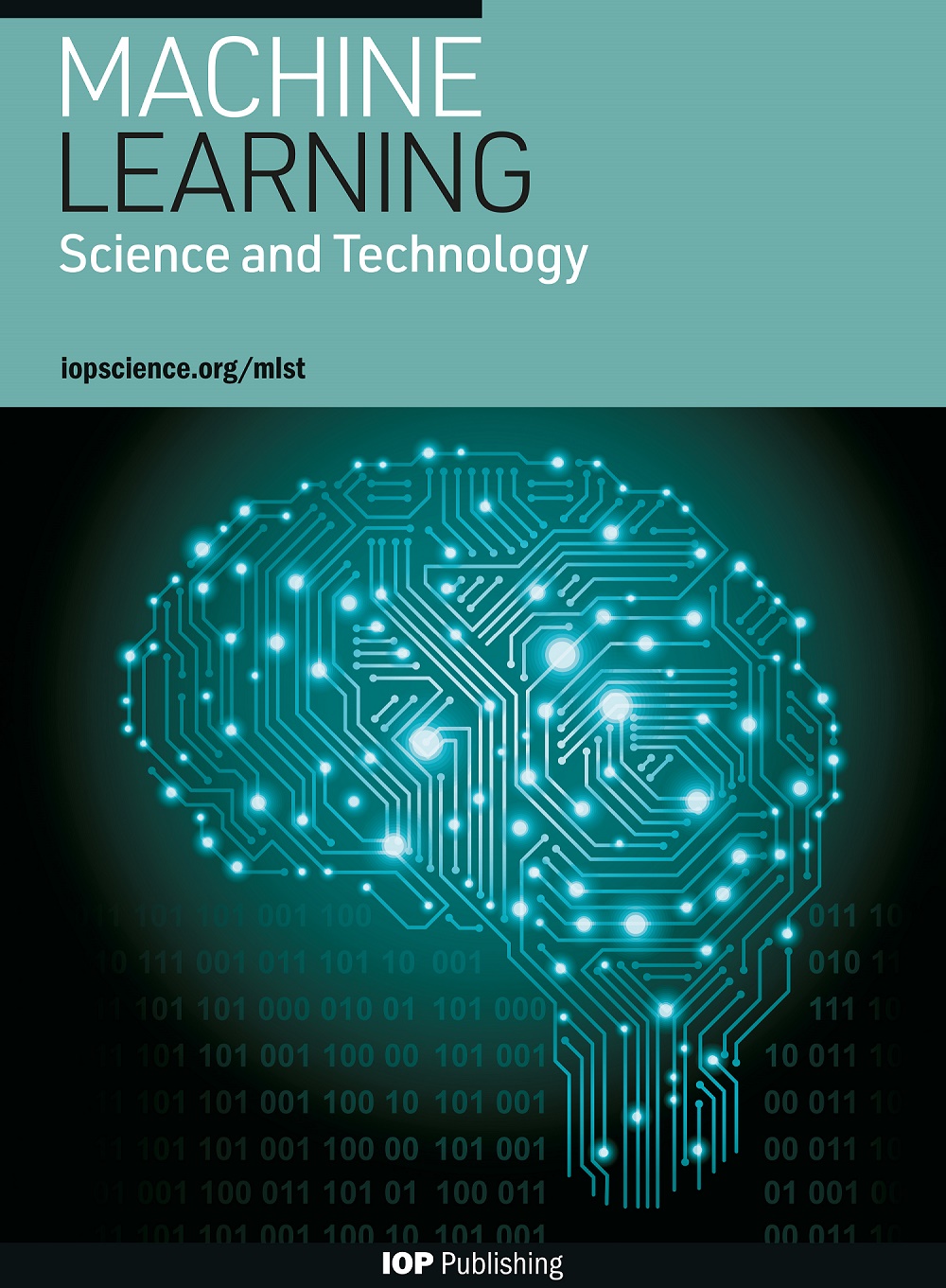自监督表征和节点嵌入图神经网络用于材料的精确和多尺度分析
IF 4.6
2区 物理与天体物理
Q1 COMPUTER SCIENCE, ARTIFICIAL INTELLIGENCE
引用次数: 0
摘要
图神经网络(GNN)等有监督的机器学习算法已成功预测了材料特性。然而,图神经网络的卓越性能通常依赖于对大型材料数据集的端到端学习,这可能会失去对材料多尺度信息的物理洞察力。而且标注数据的过程会消耗大量资源,不可避免地会引入误差,从而制约预测的准确性。我们提出通过对晶体图的节点和边信息进行自监督学习来训练 GNN 模型。与常用的人工构建的材料描述符相比,自监督原子表示法能更好地预测材料特性。此外,它还可以通过调整范围信息提供物理洞察力。在磁矩数据集上应用自监督原子表示法,我们展示了如何从磁性材料中提取规则和信息。为了将丰富的物理信息纳入 GNN 模型,我们开发了节点嵌入图神经网络(NEGNN)框架,并展示了预测性能的显著提高。自监督材料表示法和 NEGNN 框架可深入研究材料信息,并可应用于小型数据集,从而提高预测精度。本文章由计算机程序翻译,如有差异,请以英文原文为准。
Self-supervised representations and node embedding graph neural networks for accurate and multi-scale analysis of materials
Supervised machine learning algorithms, such as graph neural networks (GNN), have successfully predicted material properties. However, the superior performance of GNN usually relies on end-to-end learning on large material datasets, which may lose the physical insight of multi-scale information about materials. And the process of labeling data consumes many resources and inevitably introduces errors, which constrains the accuracy of prediction. We propose to train the GNN model by self-supervised learning on the node and edge information of the crystal graph. Compared with the popular manually constructed material descriptors, the self-supervised atomic representation can reach better prediction performance on material properties. Furthermore, it may provide physical insights by tuning the range information. Applying the self-supervised atomic representation on the magnetic moment datasets, we show how they can extract rules and information from the magnetic materials. To incorporate rich physical information into the GNN model, we develop the node embedding graph neural networks (NEGNN) framework and show significant improvements in the prediction performance. The self-supervised material representation and the NEGNN framework may investigate in-depth information from materials and can be applied to small datasets with increased prediction accuracy.
求助全文
通过发布文献求助,成功后即可免费获取论文全文。
去求助
来源期刊

Machine Learning Science and Technology
Computer Science-Artificial Intelligence
CiteScore
9.10
自引率
4.40%
发文量
86
审稿时长
5 weeks
期刊介绍:
Machine Learning Science and Technology is a multidisciplinary open access journal that bridges the application of machine learning across the sciences with advances in machine learning methods and theory as motivated by physical insights. Specifically, articles must fall into one of the following categories: advance the state of machine learning-driven applications in the sciences or make conceptual, methodological or theoretical advances in machine learning with applications to, inspiration from, or motivated by scientific problems.
 求助内容:
求助内容: 应助结果提醒方式:
应助结果提醒方式:


